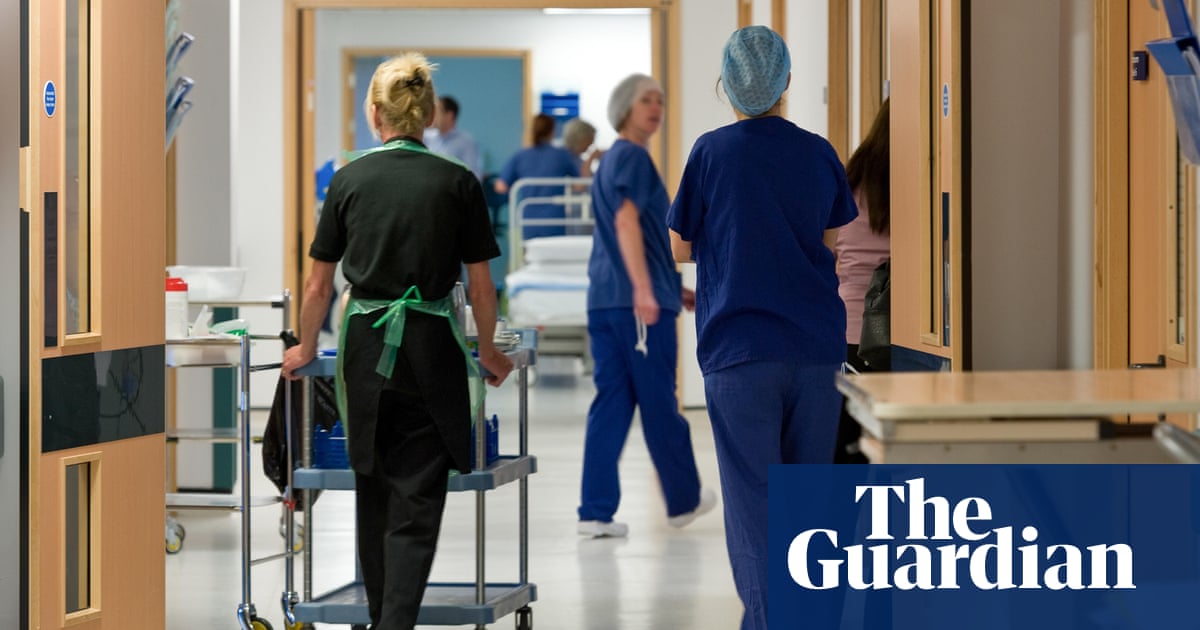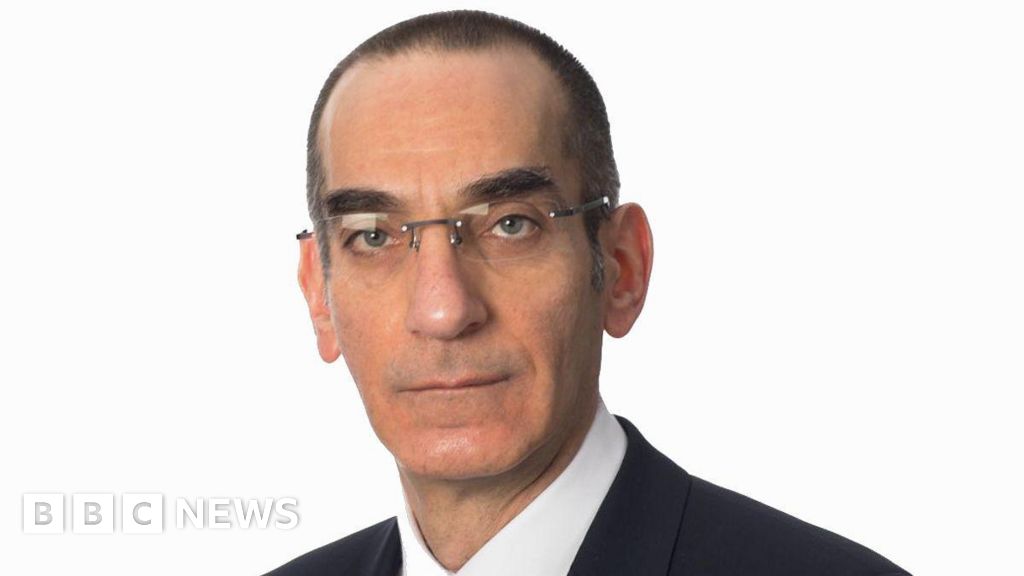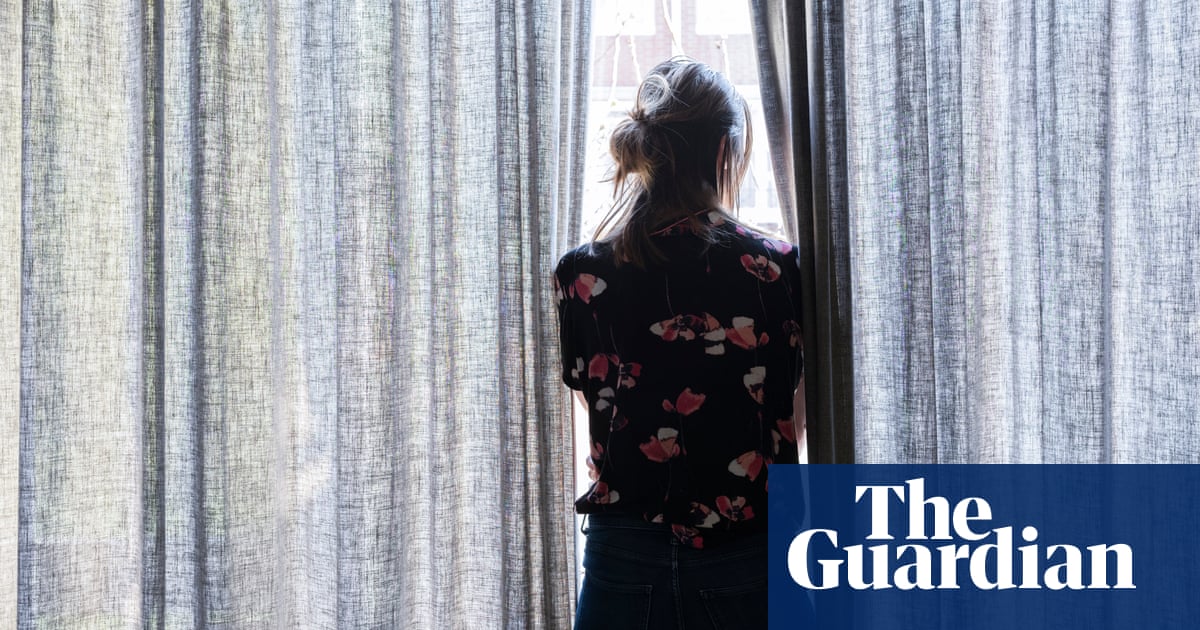Good news and bad news for the NHS this week. Waiting lists are falling a bit faster: May’s figures, out yesterday, show the lowest waiting list total in two years, as well as the highest number of treatments ever recorded. But yes, lists are still long, at 7.36 million, with 40% of people waiting longer than 18 weeks.
More good news today: patients are more satisfied, or less dissatisfied, with GPs: 70% satisfied with contacting the GP and 75% reported a good overall experience. The extra 1,900 GPs and the increased rollout of phone and NHS app bookings are reducing the 8am fastest-finger scramble.
The bad news is England’s resident (junior) doctors’ 90% vote to strike. The British Medical Association’s rush to strike action, with only two weeks’ notice, is hard on patients with rapid cancellations and managers preparing for the five-day chaos, with doctors out from 25 to 30 July. If any voted just to strengthen their union’s negotiating position, they find themselves called out fast. Why did 45% fail to vote at all, when turnout last time was 71%? Picket lines may be thinner but the NHS, in slow recovery, will be thrown backwards again: with 11 separate walkouts between 2022 and 2024, 1.3m healthcare appointments were lost, costing £1.5bn.
The BMA may find only a grudging solidarity from some unions. Immediately after the election, the health secretary, Wes Streeting, settled with resident doctors, giving a 22.3% rise over two years, and an above-inflation 5.4% this year: that’s an average increase in pay of 28.9% over three years, meaning starting salaries will be up £9,500. Other NHS staff in England – nurses, midwives and physiotherapists – are offered 3.6%. It’s impossible to imagine Streeting conceding the doctors’ new 29% claim – which, the BMA says, is needed to reverse cuts to the real-terms value of their pay since 2008. But that sum is disputed, as the BMA uses the retail prices index (RPI) to measure inflation since 2008. The consumer price index (CPI), used by the Office for National Statistics (ONS) since 2013, puts their real loss at 4.7%.
Everyone wants to get back to 2008, before the bankers crash; that’s true of teachers, too, whose pay has fallen behind, like the entire public sector. But this is a poorer, Brexit- stricken country, with growth practically stagnant, battered like the rest by world events. Public and private sector pay has fallen over the past few years, despite a slight uptick recently. People feel it in their shopping. If wages grew at pre-crash rates, public pay would be 56% higher, with the private sector 40% better off. I know it’s an absurd measurement, but the prime minister’s salary is 57% lower than had it kept pace with inflation since 2009.
In this pay climate, the doctors may lack sympathy. Their last pay rise came out of general NHS funds, paid in part by abolishing NHS England. Dipping into the service again for a 29% claim looks unlikely. Even if more taxes were raised, the NHS already takes 40% of departmental spending.
The BMA’s language is out of kilter with the times, as it calls the offer “derisory” and “insulting”, with its co-chair saying people are “excited to go again” with strikes. Last time, over half the public backed the doctors strikes: a May YouGov poll finds 48% opposed to further strike action, with 39% of voters in favour.
I hear there is much complaint about the strike among doctors, but expect very few to dare speak out in public. Clare Gerada, former president of the Royal College of GPs, is one. But her polite objections draw poison on social media. Incidentally, she tells me the high cost of the strike last time was money spent on paying overtime to other doctors, with “consultants … getting above £3,000 to fill in for a weekend”. Consultants are also balloting over pay.
England’s 77,000 resident doctors have good reasons to protest – but less over pay than their careers. Their training is gruelling compared with any other students. Due to abysmal stop-go planning by previous health secretaries, 20,000 of them are stuck in a bottleneck, with five applying for every training post, up from 2:1 five years ago. Streeting says he wants to talk to the BMA about conditions: he has just ordered UK-trained doctors to take precedence for these posts over their foreign-trained peers, and created almost 2,000 more GP posts by changing practices’ hiring finances.
Meanwhile, Streeting’s 10-year plan has been greeted with enthusiasm for its principles – prevention, neighbourhood and electronic records – if doubts about delivery. Those of us of who have been following the NHS for decades haven’t enough fingers to count the “long-term plans” and “plans big enough to see from space” that cause acronym storms of administrative upheaval, before another one comes along. But this gets a fair wind for its local clinics starting in poorest places, and public support in polling.
Popular demand has brought back Nye, the National Theatre’s play about the founding of the NHS. By chance I saw it on Wednesday, the day after the strike was announced. Herbert Morrison, a sceptic, warns Nye Bevan (Michael Sheen) that “no health minister has ever persuaded the British Medical Association to agree anything”, greeted by knowing gales of laughter from the audience.
Bevan replies: “Exactly. So we have to break the union.” Morrison is astounded at this from a leftist. “They’re middle class, that’s fine,” says Bevan, to even more laughter from an audience that seemed NHS-heavy, and they weren’t laughing in support of doctors. True, battles between NHS staff and politicians rarely end well for health secretaries, but this time the BMA may have overreached.
The play ends with a list of facts loudly applauded: “Within 10 years of the NHS being launched, infant mortality fell by 50%.” Support for the NHS is as strong as ever, but anxiety about the state of it will only worsen if its improvement is blocked by strikes.
-
Polly Toynbee is a Guardian columnist

 5 hours ago
1
5 hours ago
1










 English (US)
English (US)